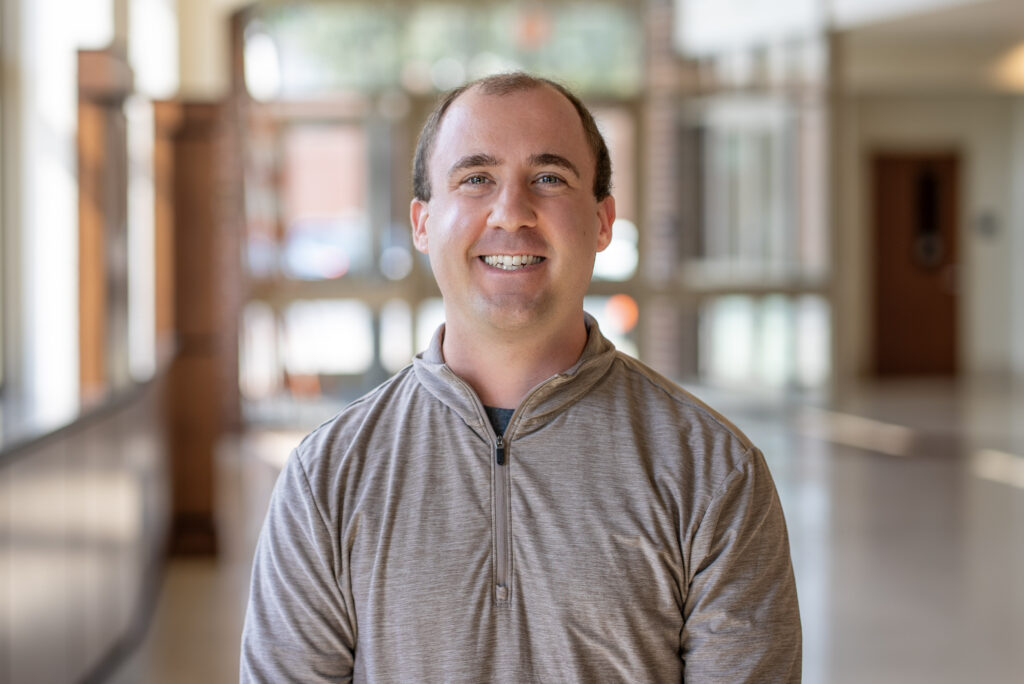
At the School District of Lancaster, we know that the first step toward student success is showing up. Yet, as Dr. Alexander Rohrer highlighted in his recent LNP column, student attendance is more complex than a simple headcount. Average daily attendance tells us who is in the classroom today, but chronic absenteeism reveals deeper, systemic challenges that require both schools and the wider community to address.
The data paints a clear picture. In the past three years, SDoL’s average daily attendance has remained steady at around 90 percent. On the surface, that may look encouraging. But during that same period, our chronic absenteeism rate has hovered between 25 and 30 percent, meaning nearly one in four students are missing significant portions of the school year. The impact is staggering, when students miss school, they miss learning, and the ripple effects touch their peers, their teachers, and their future opportunities.
This is why we’ve invested in multi-tiered systems of support (MTSS) to identify students at risk and provide the right interventions. For some, that means proactive supports to maintain strong attendance. For others, it means targeted mentoring or intensive case management by our social workers and community school directors. These interventions are tailored because no two students face the same barriers. Read the column below:
After a summer spent out of school, it’s time for students to return to the classroom. But for some students, showing up to school is a daily challenge.
How are we measuring student attendance in schools? There are two common data indicators that are analyzed: average daily attendance and chronic absenteeism rates.
Average daily attendance is the percentage of students who are in the school building on any given day. For simplicity’s sake, if a school has 100 students and 90 show up, the school’s daily attendance rate for that particular day is 90%. Schools aim to hit the 95% mark.
Average daily attendance shows you who is in your building, but tells you very little about those who are not.
The chronic absenteeism rate is the percentage of students who miss 10% or more of the school year for any reason at all: sickness, skipping, no ride to school, etc. Ten percent may sound like a lot of school days, but consider there are only about 180 days in a school year for students. That means if they miss just one day in the first 10 days of school, they may be on a path to being chronically absent. In a school of 100 students, if there are five students who have missed 10% of the school year or more, the school’s chronic absenteeism rate would be 5%.
Unfortunately, a chronic absenteeism rate as low as 5% is only common in hypothetical examples like this. A report from the U.S. Department of Education showed that chronic absentee rates for the 2022-23 school year varied from 17% in New Jersey and Idaho, to 43% in New Mexico and Alaska. In the District of Columbia, the rate was 47%. Pennsylvania clocked in at 23%, which was below the national average of 28%.
While both data indicators give us information, they paint two very different pictures of students showing up to school.
Data from the School District of Lancaster’s Equity Dashboard provided average daily attendance rates for the district as 90.4%, 90.2%, and 91.5% for school years 2022-2023, 2023-24, and 2024-25, respectively. That same dashboard reported chronic absenteeism rates for those school years as 29%, 29.9% and 24.9% respectively.
In other words, while less than 10% of students are missing school on any given day, nearly 25% or more of those students who are absent from school are absent chronically.
Impacts of absenteeism
The possible outcomes of untreated chronic absenteeism are serious. The most obvious impact is on students’ academic achievement — if they miss school, they miss out on learning. What’s sometimes overlooked is that high chronic absenteeism rates in a school can impact the academic achievement of all students, because educators need to dedicate extra time and attention to helping students experiencing chronic absenteeism to catch up. Other outcomes include increased drop-out risks, lower lifetime earnings and poorer health outcomes.
According to the technology company Panorama Education, students who experience just one year of chronic absenteeism are seven times more likely to drop out of school than their peers.
The first step in addressing this issue is to acknowledge that it exists by using meaningful and transparent data systems.
The next step involves “triaging” students experiencing chronic absenteeism into tiered groups to help match them with the most appropriate interventions. This is an equity-based approach, ensuring that each student gets what they require to be successful based on their level of need. Think of two people walking into a hospital emergency room: One has a chronic health condition such as hypertension and the other has a broken arm. You wouldn’t put a cast on both patients’ arms.
Schools use multi-tiered systems of support, a framework that identifies students in need and matches them accordingly to interventions. Students in Tier 1 have lower than 10% absenteeism rates. This does not mean they do not receive any services or interventions; instead, it means they receive proactive and preventive services/practices to maintain or even improve their absenteeism rates. These initiatives strengthen the school’s climate as safe and supportive.
Students identified as Tier 2 level are considered moderately chronically absent, missing 10% to 19% of days in a school year. These students receive targeted supports within the school, including mentoring programs, especially at the middle and high school levels.
Tier 3 level supports are put in place for students who are considered severely chronically absent, missing 20% or more of the school year. These intensive and comprehensive services may include case management through professionals such as school social workers, who coordinate services for students and families across the school and community.
Looking beyond school walls
Community is a key component in addressing attendance. Schools often are seen as the sole driver of solutions in remedying absenteeism, but advocates are pushing for more community-centric efforts to address chronic absenteeism effectively.
In the new book, “Rethinking Chronic Absenteeism: Why Schools Can’t Solve it Alone,” researchers and authors Sarah Winchell Lenhoff and Jeremy Singer refer to chronic absenteeism as an ecological challenge that requires a cross-systems approach.
In an interview with Chalkbeat Detroit, a nonprofit news organization, they point out that in communities where poverty is a major contributing factor in absenteeism, there are likely issues such as health equity and transportation challenges that could be addressed by organizations other than schools.
The authors “really wanted to expand the table of people and institutions who are thinking about student attendance as part of their scope of work,” Lenhoff explained.
She also noted that “punitive approaches like court prosecution can erode school family relationships and weaken families, parents and students, ties to the district, that sense of belonging or engagement.”
While schools cannot tackle absenteeism alone, there are things they can ensure are happening to help address chronic absenteeism, and these things must be centered around the core areas of communication and collaboration.
School districts must effectively communicate with families in a supportive and informative manner. In order to do this well in a diverse community, we must ensure that communication occurs in the languages spoken and preferred by the families. We must also engage with families, to learn directly from them what the barriers are to attending school.
The better we understand those barriers, the better we can collaborate with others to work toward reducing those barriers.
Families may be struggling to find child care for their toddlers, for instance, and so their older children act as babysitters and miss school as a result. Decision-makers in the community — business owners, lawmakers, leaders of social service agencies — could possibly develop solutions.
Attendance is a challenge assigned to schools. However, chronic absenteeism is a symptom of a larger problem, one that extends beyond the school walls. If its causes originate outside of school, we need to call for the community to help find the solutions.
So, if we want our students to show up to school, our communities must show up for them.
Alexander Rohrer has a doctorate in prevention science and is a community school director in a Lancaster city elementary school.
